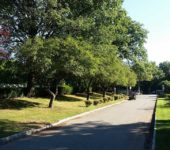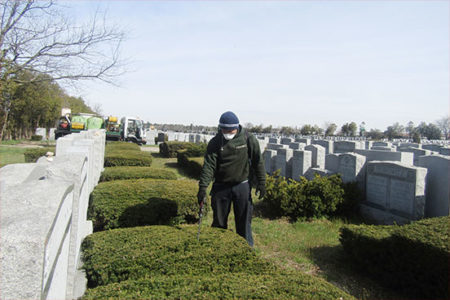
Posted On:
Category: Category:
Why we Deep Root Feed our Trees and Shrubs in the Fall
September 27, 2020
Why we Deep Root Feed our Trees and Shrubs in the Fall


Posted On:
Category: Category:

Suffolk County Consumer Affairs License # 24360-H
Nassau County Consumer Affairs License # H207459000
*Any services that are not covered under our home improvement license are performed by a licensed and insured Subcontractor.
We respect your privacy: Your personal information will never be sold to third-party companies.